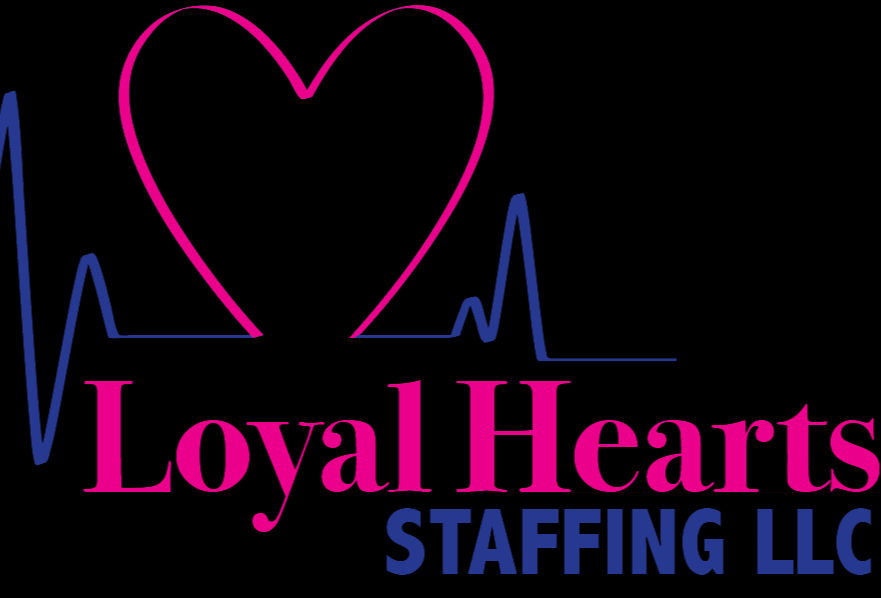Wound care by dry cure technique
- April Swanson

- Dec 1, 2022
- 2 min read
Cleaning, monitoring and promoting the healing of a wound closed by sutures, clips or staples.
Objectives:
– Facilitate wound healing. – Prevent infection. – Educate patient and family on wound protection measures.
Equipment:
– Dressing trolley or trough. – Sterile drapes. – Dressing equipment: tweezers with teeth, without teeth, sterile scissors, mosquito, scalpel handle, kocher forceps and needle holder.
Material:
– Sterile gloves. – Non-sterile gloves. – Sterile gauze. – Alcoholic hand disinfectant. – Sterile gauze. – Soaker. – Scalpel blade. – Soaker. – Bag for waste. – Anti-allergic plaster. – Stitches adhesive approximation. – Antiseptic solution. – Physiological saline solution. – Sterile dressings. – Bandages. – Nursing records.
Procedure:
– Perform hand washing. – Prepare the material. – Preserve the patient’s privacy. – Inform the patient of the procedure. – Ask the patient and family to cooperate. – Place the patient in a suitable position to have access to the area to be treated. – Put on non-sterile gloves. – Place the dressing under the area to be treated. – Remove the dressing in the direction of the hair, wetting the dressing with saline if it is very adherent. – Inspect wound for redness, swelling, signs of dehiscence, evisceration or exudate. – Monitor the healing process. – Remove gloves. – Proceed to alcohol disinfection of hands. – Prepare sterile field and place on it all the necessary material for the cure. – Put on sterile gloves. – Clean the wound with physiological saline solution by dragging it from the center of the wound to the ends, from the cleanest to the least clean area.
– Apply adhesive approximation stitches, if necessary. – Apply antiseptic. – Remove sutures if indicated. – Massage the area around the wound to stimulate circulation. – Apply appropriate dressing and secure. – Collect material. – Leave the patient in an appropriate position. – Remove gloves. – Perform hand washing. – Instruct patient on how to care for incision during bathing or showering. – Teach the patient to minimize tension at the incision site. – Teach patient and family how to care for the incision including signs and symptoms of infection. – Record in nursing documentation: procedure, wound characteristics, wound assessment, date and time, and patient response.
Observations:
– Maximum asepsis. – Regularly compare any changes in the wound. – Change dressing every 24 hours or when soiled or moist. – Wandering improves blood circulation and consequently the irrigation of the wound. – Notify the physician if signs of infection are observed.








Comments